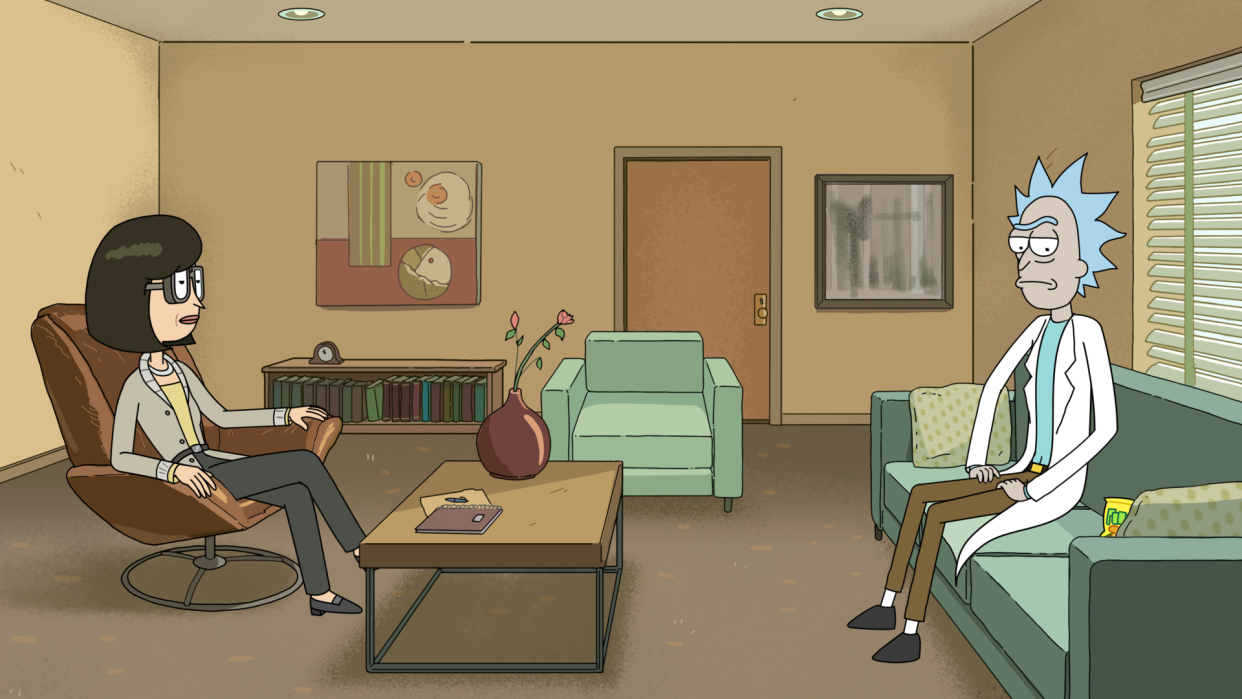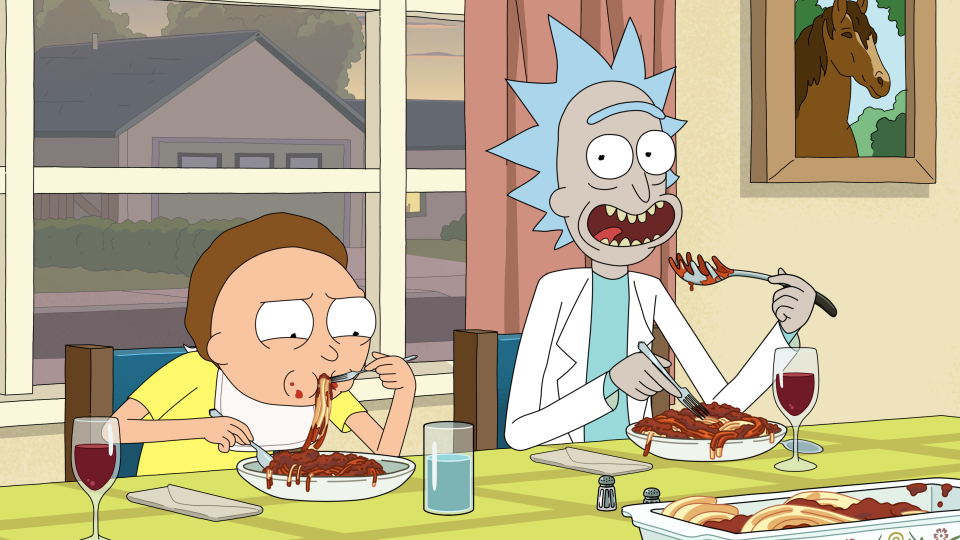The Problem with the ‘Rick and Morty’ Season 7 Tone Shift

- Oops!Something went wrong.Please try again later.
- Oops!Something went wrong.Please try again later.
- Oops!Something went wrong.Please try again later.
Further proof that time is a flat circle: “Rick and Morty” is getting back to basics in Season 7.
Dan Harmon and Justin Roiland began Adult Swim’s flagship animated series as a searingly cynical “Back to the Future” homage in 2013, introducing audiences to an alcoholic scientist and his 14-year-old grandson through mostly self-contained episodes. Over the decade that followed, Harmon’s world-building smarts combined with Roiland’s knack for character design to create a sweeping multi-verse of interlocking plots that upped the ante across adult cartoons.
More from IndieWire
The show also fostered an infamously toxic workplace and lead to a painful split between the creators. Overly long hours, unwanted sexual advances, and a hostile creative process plagued the writers room with Roiland becoming an increasingly aloof and unpredictable presence past Season 4. Now, in the wake of the animator’s ousting (Roiland continues to deny numerous sexual abuse and grooming allegations), it seems the new-and-reformed “Rick and Morty” is getting wubalubadumbed-down for good and for bad.
“If I had my way, ‘Rick and Morty’ would run 100 seasons,” Harmon said in a recent video interview for The Hollywood Reporter. In the same conversation, he teased a feature-length film: a possibility the writer sees as a 90-minute standalone adventure, akin to “The Bob’s Burgers Movie,” that wouldn’t “earn its feature status by virtue of canonical dramatic tone shifts or anything like that” but just as a “super badass” extra-long episode.
In a separate piece for the outlet, Harmon fessed up to finances motivating many of his present creative decisions: “I want to not worry about things, and I think that’s pretty expensive.”
Season 7, which kicked off Oct. 15 with the first of two surprisingly straightforward adventures, has been met with mixed reactions. Some have seen it as a return to form, even without Roiland voice-acting the title characters (a change the series doesn’t acknowledge). “How Poopy Got His Poop Back” and “The Jerrick Trap” instead rely on base-level “Rick and Morty” antics to deliver freestanding episodes that feel tonally closer to Season 1 — or even a sci-fi “The Simpsons” riff — than the headier stuff later seasons taught audiences to expect.

That’s great news if you’re (A.) a casual viewer, who is looking to occasionally stream an episode without an interdimensional map and/or Central Finite Curve explainer; or (B.) a “Rick and Morty” staff member seeking haven in an industry notorious for burnout. But it’s less than ideal if you’re a longtime fan deeply entrenched in the lore that turned the zany two-hander into an elite animated series exploring, among other things, anxiety, depression, and existential dread. (IndieWire gave Season 7’s first two episodes a “C+” — but jury’s still out on how the rest of this year’s installments will go.)
“Rick and Morty” made its mark through slow-burn, iterative narrative developments that culminated in some of the genre’s most meaningful beats. Its puzzle-like structure made an appreciation for complex overarching stories a hotbed for fan theories and a hugely rewarding watch for those with intense emotional investment in its characters. Its more cerebral seasons pushed the genre’s psychological envelope by presenting monumental moral quandaries that could only be explored in a complex world of cloning and light-speed, interplanetary travel, then subsequently revisiting those conflicts with the fresh perspectives of nonlinear storytelling.
The sci-fi sitcom challenged not just what new action-comedy stories could be told through animation but which true-to-life themes those adventures could explore. Rick’s galaxy-spanning self-loathing and Morty’s adolescent battle with nihilism became characters unto themselves, as important to the show as Beth, Jerry, Summer, or any of the Smith-Sanchez family’s ill-fated alien cohorts.
It’s true that Harmon and Roiland’s infamously tortured personal lives were seen as a semi-autobiographical element to the show and that the consequence of those blurring realities were personally and professionally dire for its creative team. Still, it seems possible to want “Rick and Morty” exploring complicated subjects in its later seasons sans behind-the-scenes horror show.

As it stands, “Rick and Morty” seems doomed to outstay its welcome with the viewers who once loved it most. In 2018, even as fraught in-fighting plagued the series, Adult Swim ordered enough episodes to ensure a “Rick and Morty” Season 10: rocketing the show from its niche breakout launching pad to the long-running cartoon stratosphere of mainstream staples like “South Park,” and “Family Guy.” With 101 episodes locked in, it’s still a ways off from those history-making mainstays but significantly closer than most prestige animated series; “BoJack Horseman” ended after its 77th episode.
“I don’t know what the final episode or final scene of ‘Rick and Morty’ is,” Harmon said in his THR interview. That’s a staggering omission from the usually exacting creator. “I do think that there are final moments in macro stories that are in fact coming up very shortly — within a season or two. [But] let’s say ‘Rick and Morty’ lasts a thousand episodes, then what’s the definite final, final episode? I guess it would just be Morty turning 15 and finding a girlfriend that makes him want to be an independent person.”
It’s a disappointing, banal endgame for the two-time Emmy winning series to be eyeing, and reason enough for the show’s most serious champions to remove themselves from “this sloppy, fucked-up story” and let the show they once loved “eats its own tail.” Don’t get that reference? Maybe “Rick and Morty” is still meant for you.
“Rick and Morty” Season 7 airs Sundays on Adult Swim at 11 p.m. ET.
Best of IndieWire
Where to Watch This Week's New Movies, from 'The Holdovers' to 'The Killer' and 'Priscilla'
The 60 Best Sci-Fi Movies of the 21st Century, from 'Melancholia' and 'M3GAN' to 'Asteroid City'
Sign up for Indiewire's Newsletter. For the latest news, follow us on Facebook, Twitter, and Instagram.

